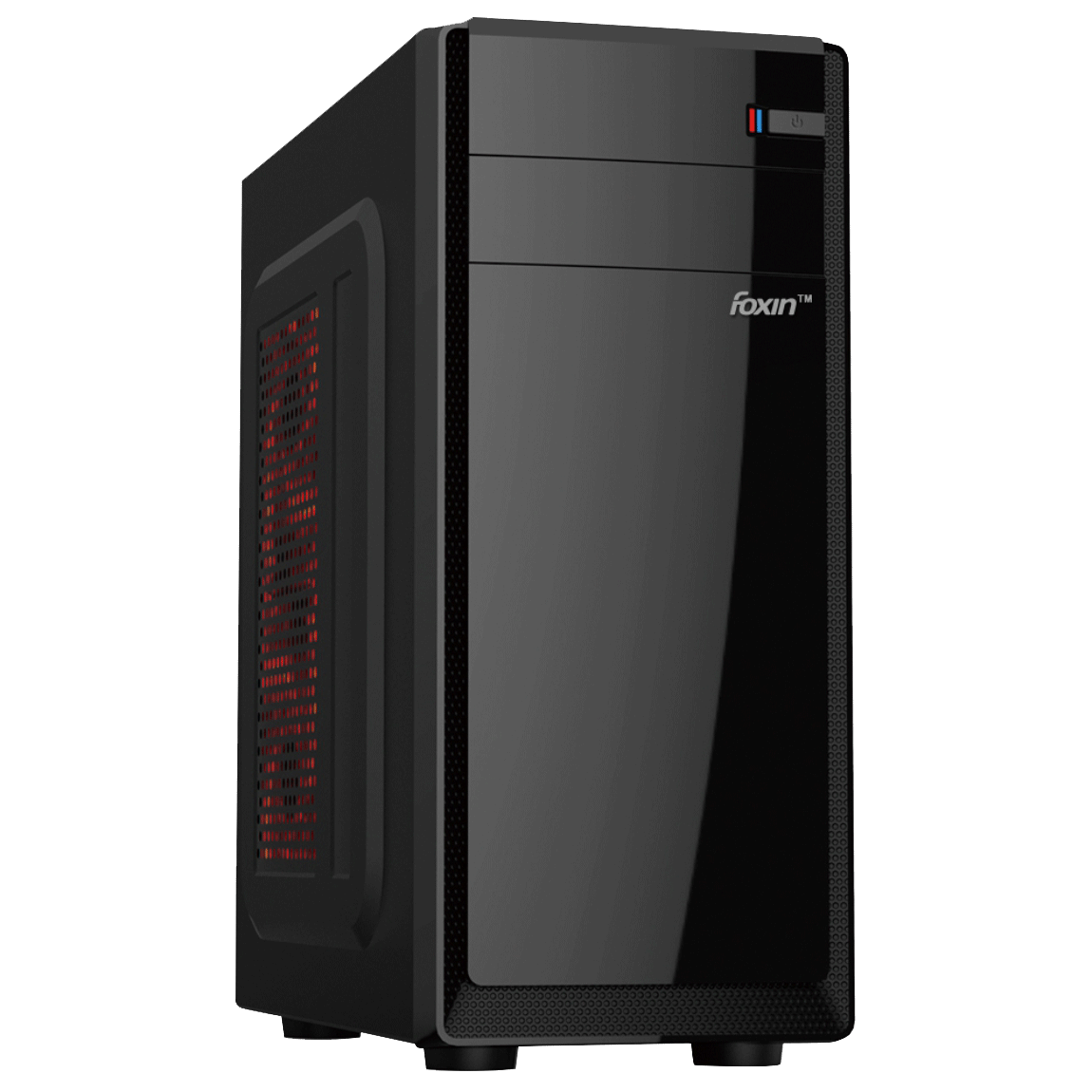The CPU is the brain of the computer, responsible for executing instructions, processing data, and managing tasks to ensure the system operates efficiently.
Specifications
Primary Function
Executes program instructions using its arithmetic logic unit (ALU) and control unit (CU).
Processes data at high speeds to ensure smooth performance for all tasks.
Core Components
Cores:
Single-core (older systems) to multi-core processors (dual-core, quad-core, hexa-core, octa-core).
More cores enable better multitasking and parallel processing.
Clock Speed:
Measured in GHz (e.g., 2.5 GHz, 3.6 GHz).
Higher clock speeds result in faster task execution.
Cache Memory:
Onboard memory (L1, L2, L3 caches) for faster access to frequently used data.
Types of CPUs
Desktop CPUs: Designed for personal computers and workstations.
Laptop CPUs: Optimized for power efficiency and portability.
Server CPUs: High-performance processors for data centers and enterprise systems.
Performance Features
Threads: Virtual cores that enable simultaneous task execution through hyper-threading.
Turbo Boost: Increases clock speeds dynamically for demanding tasks.
Integrated Graphics: Some CPUs include onboard GPUs for basic visual processing without dedicated graphics cards.
Applications
General Computing: Managing operating systems, applications, and basic tasks.
Gaming: Ensures high frame rates and fast response times.
Content Creation: Handles video rendering, 3D modeling, and photo editing.
Scientific Calculations: Processes large datasets and complex computations efficiently.
Key Considerations
Compatibility with motherboards (socket type).
Thermal Design Power (TDP) for cooling requirements.
Balancing clock speed, core count, and power efficiency based on use case.
